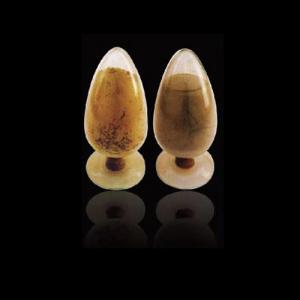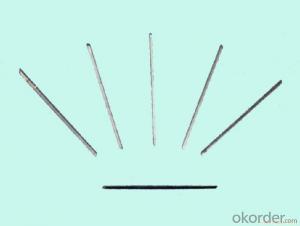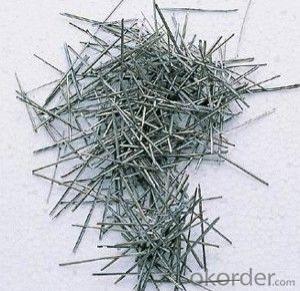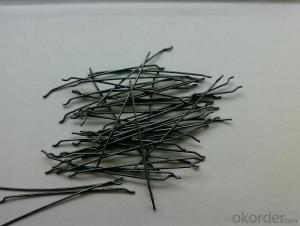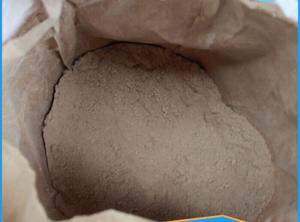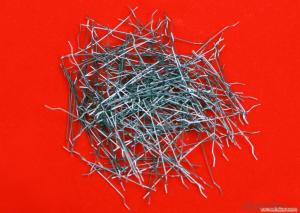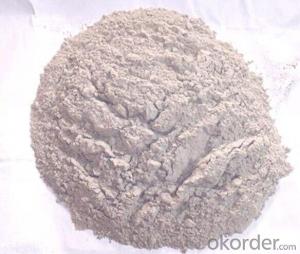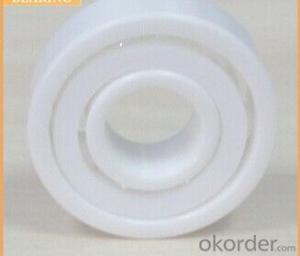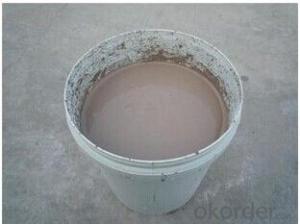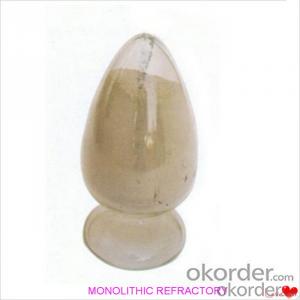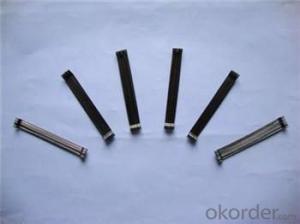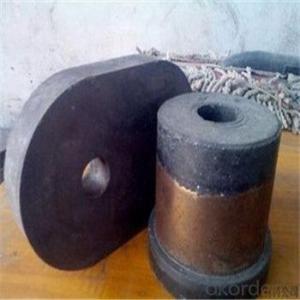All Categories
- - Steel Wire Rod
- - Steel Coils
- - Steel Profiles
- - Steel Pipes
- - Stainless Steel
- - Tinplate
- - Special Steel
- - Steel Sheets
- - Steel Rebars
- - Steel Strips
- - Hot Rolled Steel
- - Cold Rolled Steel
- - Pre-painted Steel
- - Seamless Steel Pipe
- - Welded Steel Pipe
- - Hollow Steel Tubes
- - Galvanized Pipe
- - Stainless Steel Coil
- - Stainless Steel Sheet
- - Stainless Steel Plate
- - Stainless Steel Strips
- - Electrolytic Tinplate Coil
- - Electrolytic Tinplate Sheet
- - Stainless Steel Rebars
- - Solar Panels
- - Solar Water Heater
- - Solar Related Products
- - Solar Inverter
- - Solar Cells
- - Solar Light
- - Solar Energy Systems
- - Solar Controllers
- - Solar Mounting System
- - Solar Pump
- - Solar Chargers
- - Fiberglass Chopped Strand
- - Fiberglass Mesh Cloth
- - Composite Pipes
- - FRP Pultrusion Profiles
- - Fiberglass Mat Tissue
- - Fiberglass Fabrics
- - Fiberglass Mesh
- - Composite Tank
- - Fiberglass Mesh tape
- - Polymer
- - FRP Roofing Panel
- - Fiberglass Roving
- - Monolithic Refractories
- - Ceramic Fiber Products
- - Refractory Bricks
- - Raw Materials For Refractory
- - Suspended Platform
- - Cranes
- - Concrete Machinery
- - Earthmoving Machinery
- - Building Hoist
- - Road Building Machinery
- - Plastic Pipe Fittings
- - Plastic Tubes
- - Plastic Sheets
- - Agricultural Plastic Products
- - Plastic Nets
Q & A
How do monolithic refractories perform in thermal cycling applications?
Monolithic refractories perform well in thermal cycling applications due to their ability to handle rapid temperature changes without cracking or deteriorating. Their homogeneous structure and high thermal shock resistance make them ideal for such environments, ensuring consistent performance and extended service life.
How do monolithic refractories compare to ceramic fiber refractories in terms of installation?
Monolithic refractories are generally easier to install compared to ceramic fiber refractories. Monolithic refractories are pre-formed and can be easily shaped and applied using standard techniques like casting, ramming, or gunning. On the other hand, ceramic fiber refractories require careful handling and precise cutting to fit the desired shape, which can be more time-consuming and labor-intensive.
How are monolithic refractories used in the petrochemical industry?
Monolithic refractories are extensively used in the petrochemical industry for lining various equipment and structures due to their excellent thermal resistance and resistance to chemical attack. They are used to line furnaces, boilers, reactors, and other high-temperature equipment, providing insulation and protection against harsh chemicals and extreme temperatures. Monolithic refractories are also used for repairing and maintaining these equipment, ensuring their longevity and efficient operation in the petrochemical industry.
What is the shelf life of monolithic refractories?
The shelf life of monolithic refractories can vary depending on the specific type and composition of the material. Generally, monolithic refractories can have a shelf life of several months to a few years when stored properly in a dry and cool environment. However, it is important to consult the manufacturer's guidelines and recommendations for the specific refractory product to determine its exact shelf life.
How are monolithic refractories manufactured?
Monolithic refractories are manufactured by combining various raw materials such as aggregates, binders, and additives to form a mixture. This mixture is then shaped or cast into the desired form using different techniques like hand molding, ramming, or casting. After shaping, the refractory is dried and cured in a controlled environment to achieve the desired strength and properties. Finally, the monolithic refractories are fired at high temperatures to ensure proper bonding and consolidation, resulting in a high-quality and durable refractory material.
Wholesale Monolithic Refractories from supplier in Barbados
Our team of experts is committed to delivering high-quality Monolithic Refractories that meet your specific requirements. We offer a wide range of products, including castables, plastics, ramming mixes, and gunning mixes, to cater to various applications in industries such as steel, cement, glass, and petrochemical.
When you choose us as your supplier of Monolithic Refractories in Barbados, you can expect excellent customer service and support throughout the entire procurement process. Our dedicated sales team will assist you in selecting the right products for your project, providing detailed quotations that meet your budget and timeline.
Moreover, our technical support team is available to offer guidance and expertise, ensuring that you make the most informed decisions for your refractory needs. Whether you need assistance with installation, maintenance, or troubleshooting, we are here to help.
As a subsidiary of CNBM, we have access to a vast network of resources and industry-leading expertise. Our market development experience in Barbados allows us to navigate local regulations and provide valuable insights into the best practices for your projects.
Choose us for a seamless and efficient Monolithic Refractories procurement experience in Barbados. Contact us today to discuss your specific needs and let us provide you with the highest quality products and services to meet your requirements.
When you choose us as your supplier of Monolithic Refractories in Barbados, you can expect excellent customer service and support throughout the entire procurement process. Our dedicated sales team will assist you in selecting the right products for your project, providing detailed quotations that meet your budget and timeline.
Moreover, our technical support team is available to offer guidance and expertise, ensuring that you make the most informed decisions for your refractory needs. Whether you need assistance with installation, maintenance, or troubleshooting, we are here to help.
As a subsidiary of CNBM, we have access to a vast network of resources and industry-leading expertise. Our market development experience in Barbados allows us to navigate local regulations and provide valuable insights into the best practices for your projects.
Choose us for a seamless and efficient Monolithic Refractories procurement experience in Barbados. Contact us today to discuss your specific needs and let us provide you with the highest quality products and services to meet your requirements.
Hot Search
- Monolithic Refractories in Afghanistan
- Ceramic Fiber Products in Iran
- Refractory Bricks in Zimbabwe
- Raw Materials For Refractory in Mauritania
- Monolithic Refractories in Fiji
- Raw Materials For Refractory in Bhutan
- Monolithic Refractories in Oman
- Monolithic Refractories in Sudan
- Refractory Bricks in Barbados
- Ceramic Fiber Products in Ethiopia
